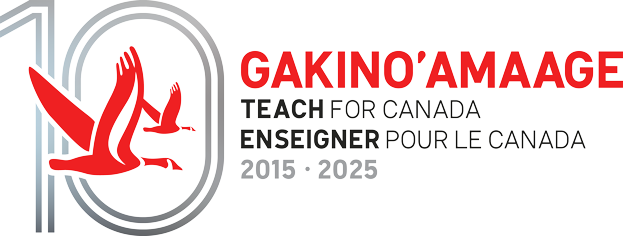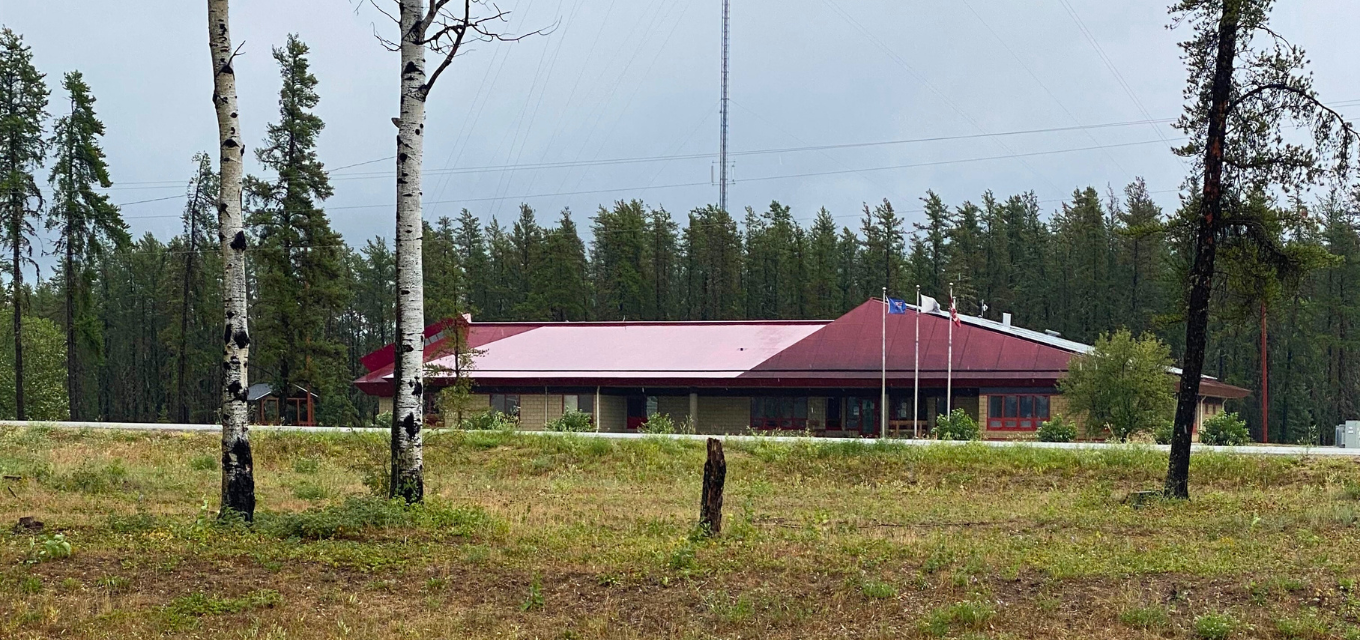Beverly Chalifoux is a dedicated Kindergarten educator at Cadotte Lake Learning Centre and a participant in Gakino’amaage’s Education Assistant Program. In summer 2025, she took on a new role as a presenter at the Summer Enrichment Program, where she shared her knowledge and experience with teachers preparing to move North to work in First Nations schools.
Her presentation focused on the importance of collaborating with Education Assistants in the classroom and offered practical tips for building strong, respectful working relationships.
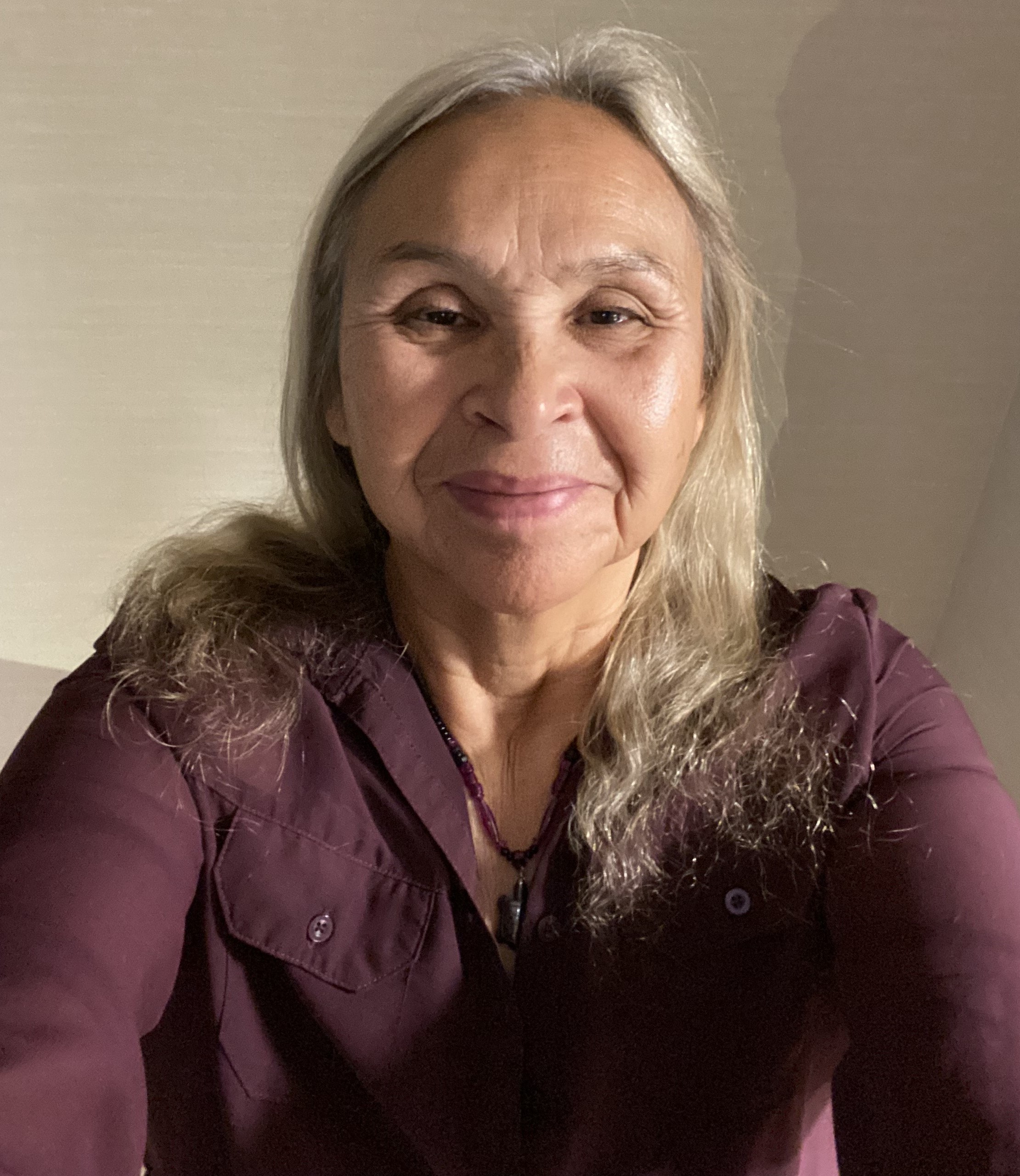
Beverly, Kindergarten educator at Cadotte Lake Learning Centre, Education Assistant Program participant, and presenter at the 2025 Summer Enrichment Program.
At the 2025 Summer Enrichment Program, certified teachers preparing to Go North gathered to learn about classroom culture, community relationships, and culturally-grounded education. Among the voices they heard was Beverly Chalifoux; a long-time educator, passionate learner, and participant in Gakino’amaage’s Education Assistant Professional Development Program.
Beverly led a session called “Working With Education Assistants as Collaborators”. Her message was clear: Education Assistants (EAs) are not just helpers in the classroom, they’re essential partners in First Nations education.
Beverly has been working in education since 2004 and teaches kindergarten in Cadotte Lake First Nation, one of four First Nations situated within the Woodland Cree First Nation in Treaty 8 territory of Northern Alberta. She’s not a certified teacher, but has been teaching children for decades. “I enjoy being there for the little people,” she shared. “I think I was meant to be a teacher. Having my son shifted my career aspirations for a while, but I’ve stuck with teaching, and I’ve kept learning and growing along the way.”
She first heard about the EA Program during a school visit from a Gakino’amaage Teacher Development Manager. “I was intrigued,” Beverly said. “I’m always up for learning. We can always learn something. Every day is a new day.” Though she was initially placed on a waitlist, a few months later she was accepted, and joined the program.
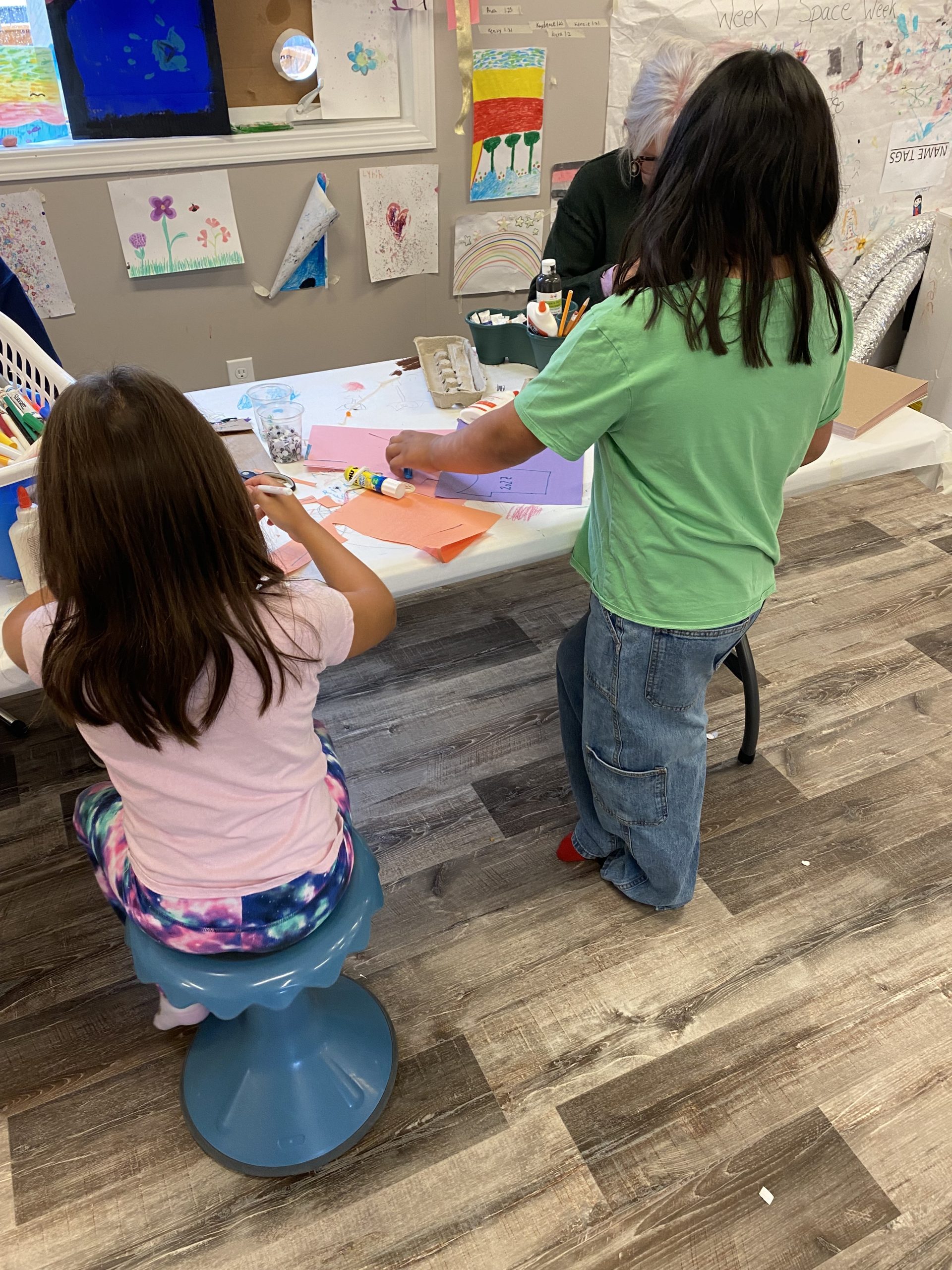
Beverly’s kindergarten students working on a project.
Throughout the school year, Beverly participated in virtual sessions and one-on-one coaching. The material helped validate and expand on tools she had already used, like creating quiet areas for students to collect themselves, and gave her fresh perspectives for her classroom practice.
Now, Beverly is not just learning from the program, she’s teaching others. Her session at the Summer Enrichment Program created space for teachers to reflect on the importance of collaborating with EAs in the classroom.
“Be respectful to your EA,” she told the room. “Talk to them. Learn about them. Ask them their likes and dislikes. Get to know them as people. They are there to teach your children, and they learn how to teach from you.”
More than once, Beverly emphasized the importance of kindness and compassion. “You don’t know what kind of life your students are coming from. School should always be a safe space.”
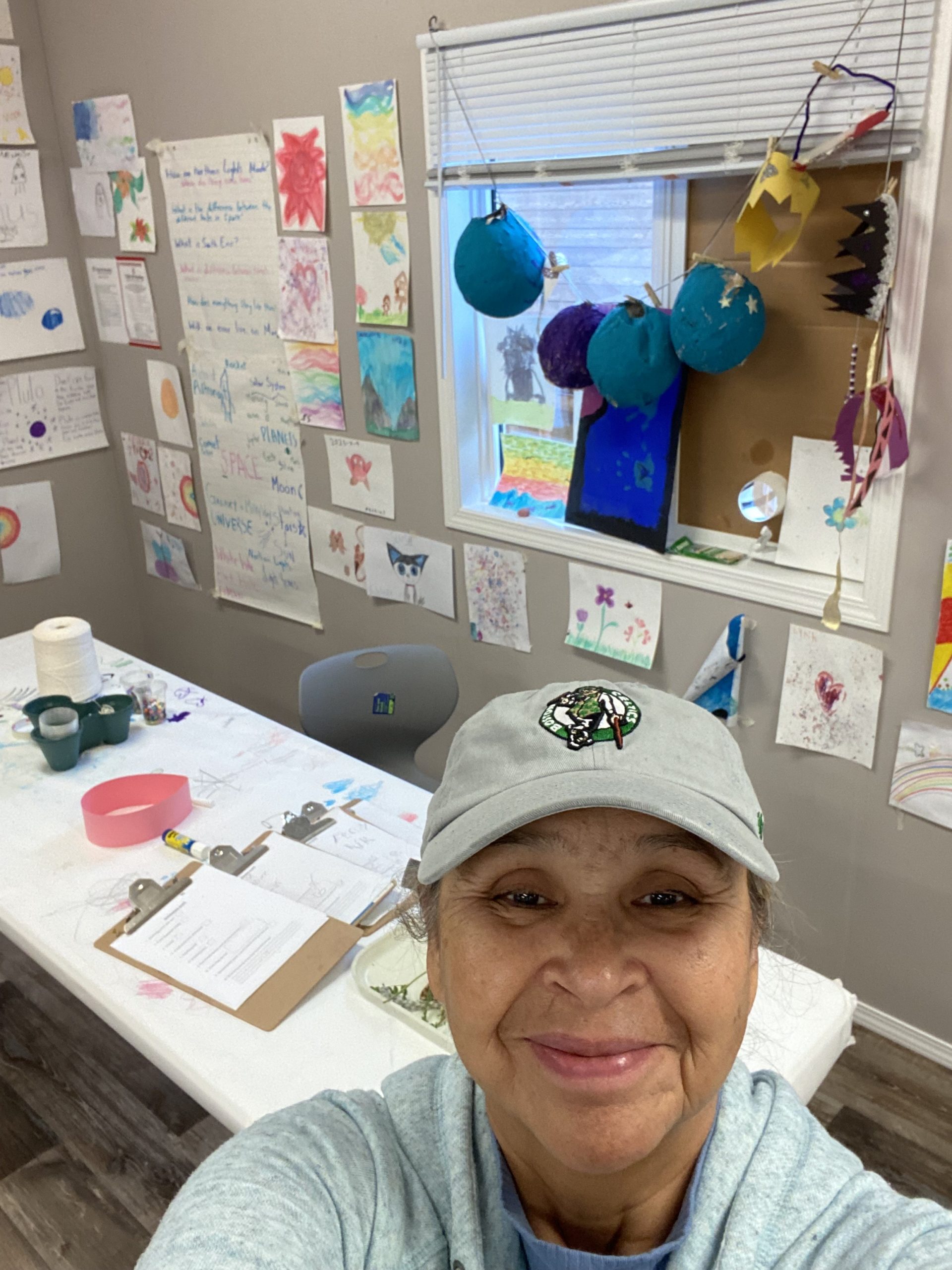
Beverly smiles in front of an activity set up for students at Cadotte Lake Learning Centre.
Beverly’s experience speaks to the broader story of northern education—its challenges, its triumphs, and the deep relationality at its core. She’s witnessed firsthand the toll of chronic teacher turnover in her community: students hesitant to build bonds with teachers they’re not sure will stay, classrooms left without structure, and Education Assistants stretched thin, stepping into roles they weren’t hired for just to keep things afloat.
“A teacher needs to make sure they’re there for the children,” she said. “Hang in there. These kids are important.”
Through it all, Beverly has remained rooted. Her presence at Cadotte Lake Learning Centre is a source of stability. She’s a trusted voice for families, a steady role model for students, and proof of the importance of showing up with heart and consistency.
Her story also challenges the way we define who gets to be called a teacher—and what kinds of experience are truly valued.”If I wanted to become certified, I’d have to leave my community,” she explained. “But I’ve been teaching in First Nations schools for years. Isn’t my experience valid?”
It’s stories like Beverly’s—and direct feedback from First Nations Community Partners about the need to return teacher education to community—that are shaping Endaayan: A First Nations-Led Pathway to Teacher Education. Still in development, Endaayan is being built to create community-based pathways to certification that honour Indigenous knowledge and lived experience, and that keep future teachers rooted in place. Educators like Beverly shouldn’t have to leave their home to be recognized as certified teachers.
Looking Forward
This January, Beverly will attend the 2026 EA Summit in Winnipeg, and she’s beginning to think about what might come next.
“Through Gakino’amaage, I’m thinking about furthering my education. I might take steps toward becoming a certified teacher.”
For now, she’s reflecting on her session at the Summer Enrichment Program, where she stood before teachers new to the North and shared not just her knowledge—but her heart.
Interested in supporting First Nations students and learning alongside passionate educators like Beverly?
Learn more about Gakino’amaage’s Education Assistant Program and how you can apply to teach in a northern First Nation. Whether you’re starting your journey in education or looking to grow in community, there’s a path for you. Learn more and get involved today.


